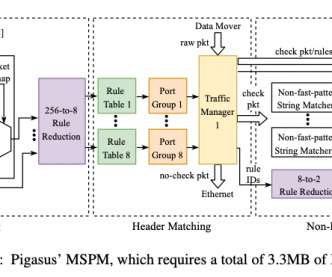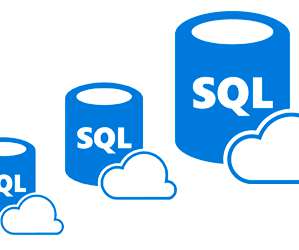What is serverless computing? Driving efficiency without sacrificing observability
Dynatrace
JANUARY 26, 2021
This allows teams to sidestep much of the cost and time associated with managing hardware, platforms, and operating systems on-premises, while also gaining the flexibility to scale rapidly and efficiently. In a serverless architecture, applications are distributed to meet demand and scale requirements efficiently.

















































Let's personalize your content